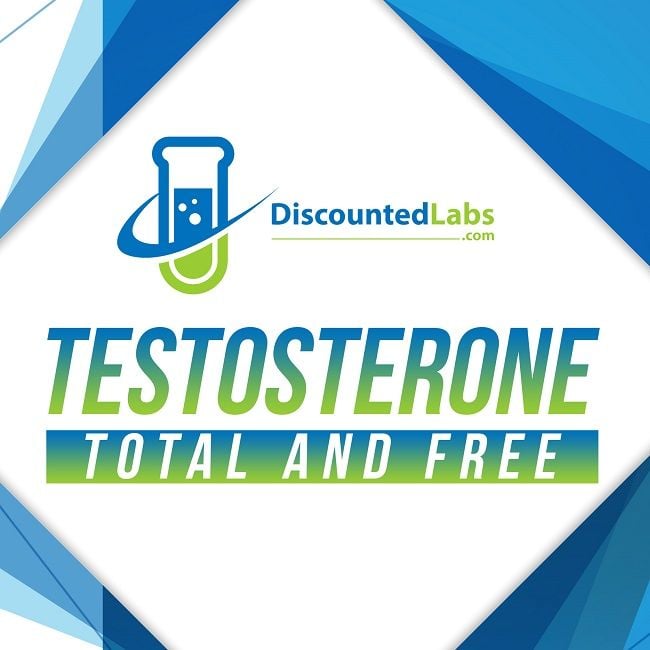GeorgieBoy
Member
Quest Diagnositcs' range is 35-155 pg/mL for Free Testosterone. That's 3.5-15.5 ng/dL.
Labcorp's range is 9-25 ng/dL.
That's a big difference. 3.5-15.5 and 9-25.
My question is: If you tested at 25 ng/dL on a Labcorp test, does that mean you would've tested at 15.5 ng/dL on the Quest Diagnostics test? Or would you have also tested at 25 ng/dL on the QD test?
LabCorp and Quest Laboratories have different reference ranges for serum testosterone assays and free testosterone lab ranges. Here are the details:
- According to the Quest website, the normal testosterone reference range for men is 250-1110 ng/dL[1].
- LabCorp's range for free testosterone is 9-25 ng/dL[2].
- Quest Diagnostics' range for free testosterone is 35-155 pg/mL, which is equivalent to 3.5-15.5 ng/dL[2].
- The concentration of free testosterone is typically <2% of the total testosterone concentration, and most of the total circulating testosterone is bound to sex hormone-binding globulin (SHBG) and albumin[3].
- Routinely available assay methods used to measure total testosterone are not sensitive enough to accurately quantitate the free testosterone fraction directly. Free testosterone is estimated in some tests by a direct, analogue enzyme immunoassay (EIA) [3].
- The difference in reference ranges between LabCorp and Quest may be due to different test methods used[4].
- Testosterone, Free, Bioavailable and Total, MS is a test offered by Quest Diagnostics that is helpful in assessing testicular function in males and managing hirsutism and virilization in females[5].
- Some users on forums have reported discrepancies between LabCorp and Quest's free testosterone ranges, with Quest's range being significantly higher than LabCorp's[4][6].
Citations:
[1] LabCorp VS Quest Laboratories Serum Testosterone Assays & Reference Ranges
[2] LabCorp Vs Quest free testosterone lab ranges: Why are they different?
[3] 144980: Testosterone, Free, Direct | Labcorp
[4] [5] Quest Diagnostics: Test Directory
[6] Beware of Which Testosterone Test from Quest Labs
Labcorp's range is 9-25 ng/dL.
That's a big difference. 3.5-15.5 and 9-25.
My question is: If you tested at 25 ng/dL on a Labcorp test, does that mean you would've tested at 15.5 ng/dL on the Quest Diagnostics test? Or would you have also tested at 25 ng/dL on the QD test?
LabCorp and Quest Laboratories have different reference ranges for serum testosterone assays and free testosterone lab ranges. Here are the details:
- According to the Quest website, the normal testosterone reference range for men is 250-1110 ng/dL[1].
- LabCorp's range for free testosterone is 9-25 ng/dL[2].
- Quest Diagnostics' range for free testosterone is 35-155 pg/mL, which is equivalent to 3.5-15.5 ng/dL[2].
- The concentration of free testosterone is typically <2% of the total testosterone concentration, and most of the total circulating testosterone is bound to sex hormone-binding globulin (SHBG) and albumin[3].
- Routinely available assay methods used to measure total testosterone are not sensitive enough to accurately quantitate the free testosterone fraction directly. Free testosterone is estimated in some tests by a direct, analogue enzyme immunoassay (EIA) [3].
- The difference in reference ranges between LabCorp and Quest may be due to different test methods used[4].
- Testosterone, Free, Bioavailable and Total, MS is a test offered by Quest Diagnostics that is helpful in assessing testicular function in males and managing hirsutism and virilization in females[5].
- Some users on forums have reported discrepancies between LabCorp and Quest's free testosterone ranges, with Quest's range being significantly higher than LabCorp's[4][6].
Citations:
[1] LabCorp VS Quest Laboratories Serum Testosterone Assays & Reference Ranges
[2] LabCorp Vs Quest free testosterone lab ranges: Why are they different?
[3] 144980: Testosterone, Free, Direct | Labcorp
[4] [5] Quest Diagnostics: Test Directory
[6] Beware of Which Testosterone Test from Quest Labs

















